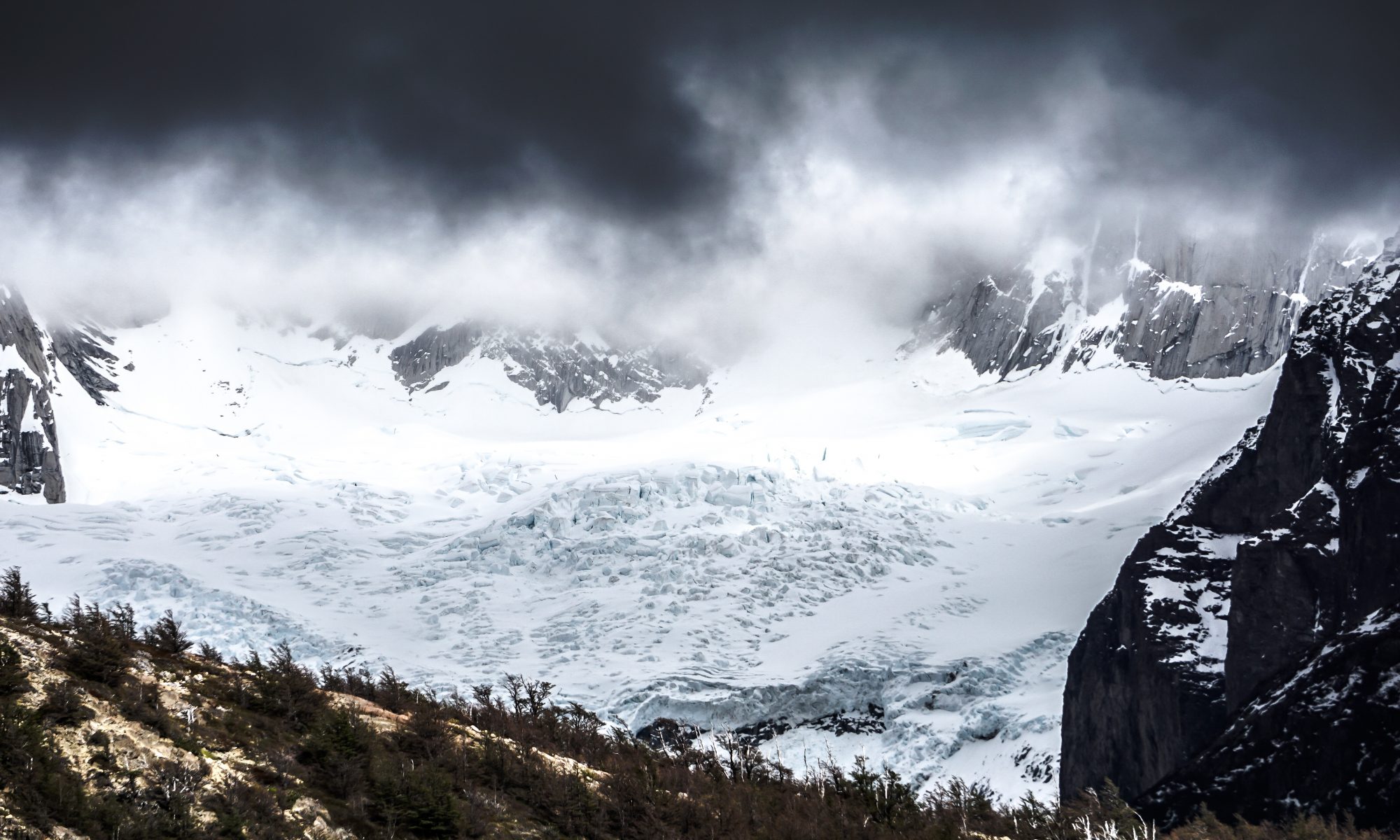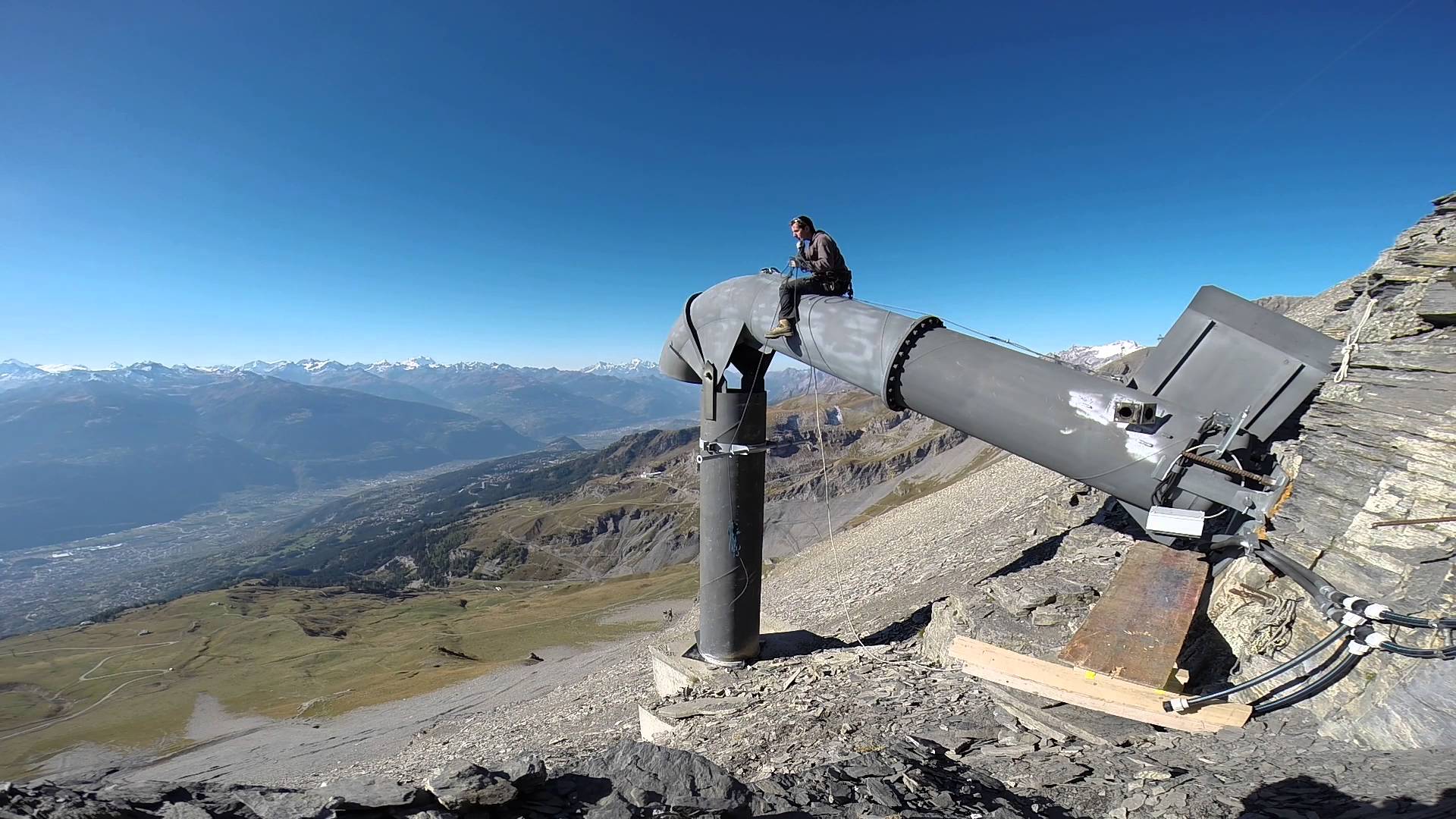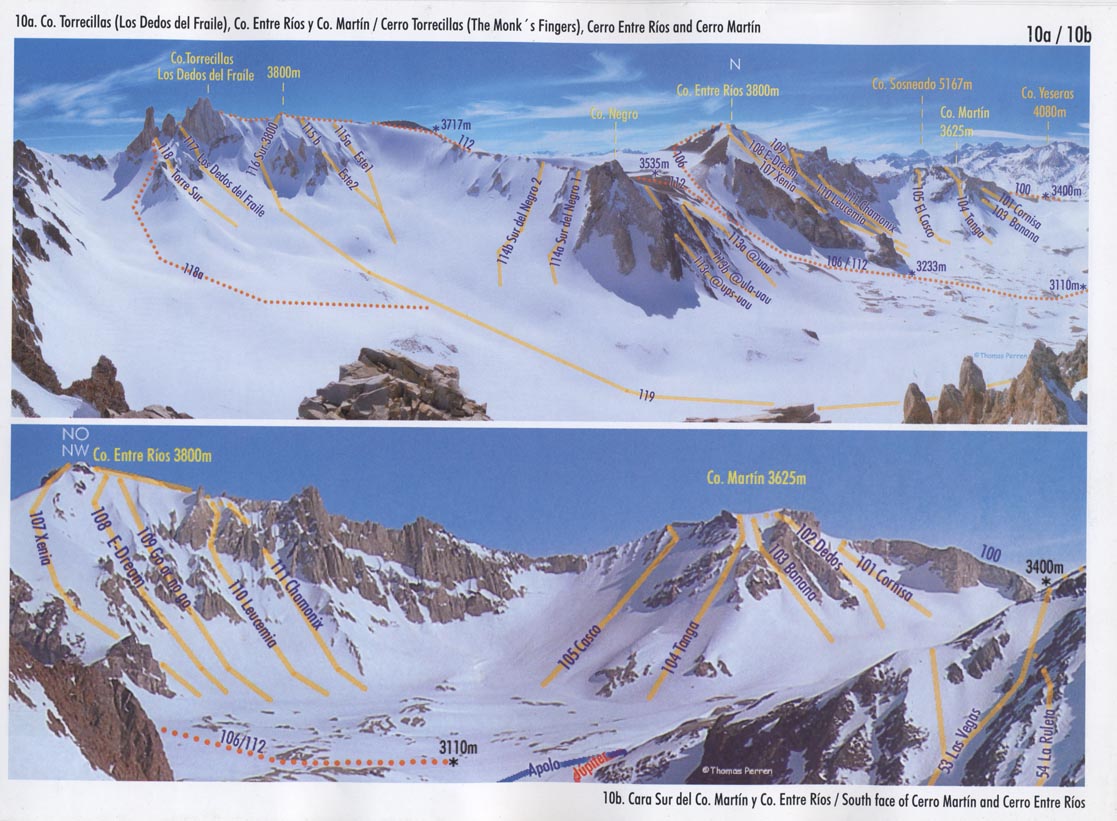What is the real risk that avalanches pose?
From Swissinfo.ch
How common are avalanches in Switzerland?
Over the past 20 years, there has been an average of 100 reported avalanches a year where people were involved. On average, 23 people die in avalanches every year, the majority (+90%) in open mountainous areas where people were off-piste skiing, snowboarding, or backcountry touring on skis or snowshoes.
In controlled areas (roads, railways, communities and secured ski runs) the 15-year annual average number of victims dropped from 15 at the end of the 1940s to less than one in 2010. The last time anyone died in a building hit by an avalanche was in 1999.

Avalanches such as the one that hit the Hotel Säntis in Schwägalp are rare.
Bruno Vattioni, director of the Säntis lift company, said on Friday “an avalanche of this size is not predictable”. Locals have not experienced anything like it in the 84 years’ existence of the Säntis cable car. Normally, the southern face of the Säntis, the other side of the peak, is the more dangerous.
How are avalanches normally monitored?
Since 1945, the national avalanche warning service, run by the Institute for Snow and Avalanche Research (SLF) in Davos, produces a twice-daily national avalanche bulletinusing data gathered by 200 people trained to do the job and 170 automatic measuring stations dotted across the Swiss Alps. This information is shared and used by the police, cantons, communes, mountain resorts, rescue services and other winter professionals across the country.
Are they normally successful at monitoring and protecting against avalanches?
The density of the avalanche warning network and the level of training and expertise is unique to Switzerland. But it cannot catch every avalanche, as SLF avalanche forecaster Frank Techel explained to swissinfo.ch.






You must be logged in to post a comment.